Lets talk about slides! Not the kind you get at the park because as everyone knows swings are way more fun. Today we’re talking about sliding technique.
Sliding involves plucking a note and then sliding your finger up, or down the fretboard to a new fret position, so for example we could play a G on the 5th fret D string and slide up one fret to the 6th, the note Ab.
Slide single notes
Easy enough right? the main point is that we’re only picking the first note. So what’s next, slide up 2 frets right? Well not quite, there’s more we can do with just a simple 1 fret slide. In the above example I let both notes ring for roughly equal lengths of time, so what if we change the timing?
Its surprising how different the same two notes can feel just by changing the timing. First lets play the G and then once we slide up to the Ab we’ll mute it more quickly by relaxing the pressure with our finger. So the G is held for longer. This gives us more of a “Theme from Jaws” type of feel:
Next we can do the opposite. Play the G and then almost immediately move to the Ab.
We can also perform multiple slides, holding briefly on each note. This is a simple idea in G harmonic minor, Only the first note is picked:
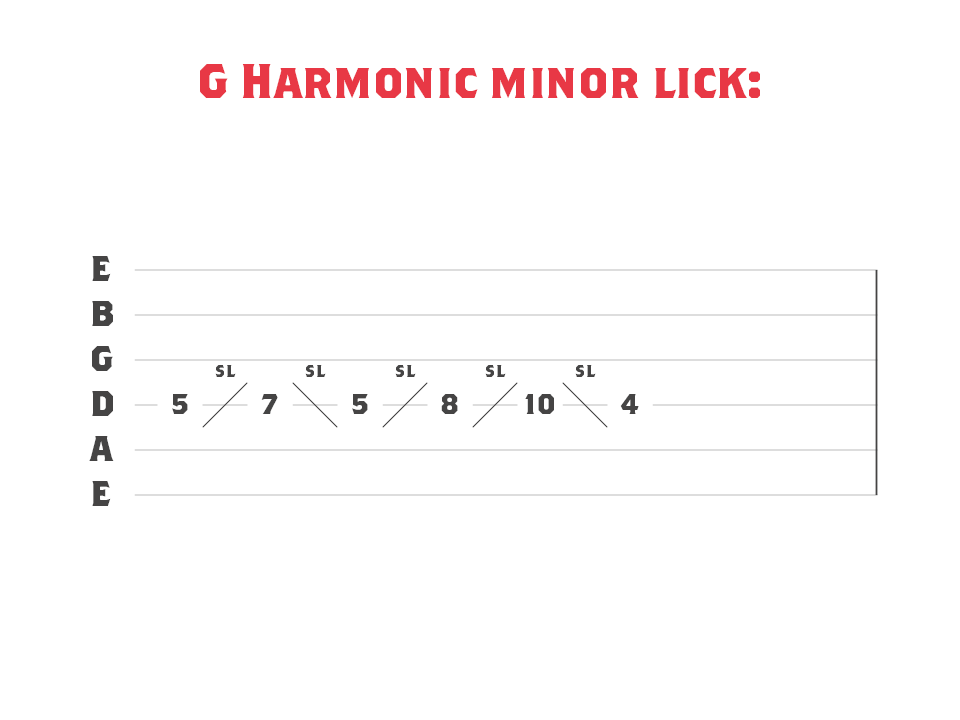
Sliding Power chords
Slides can also be handy for sliding from one power chord to another. Here I’m playing a simple progression in G harmonic minor. I’m strumming on the off beats to create syncopation and sliding to the next power chord on the beat:
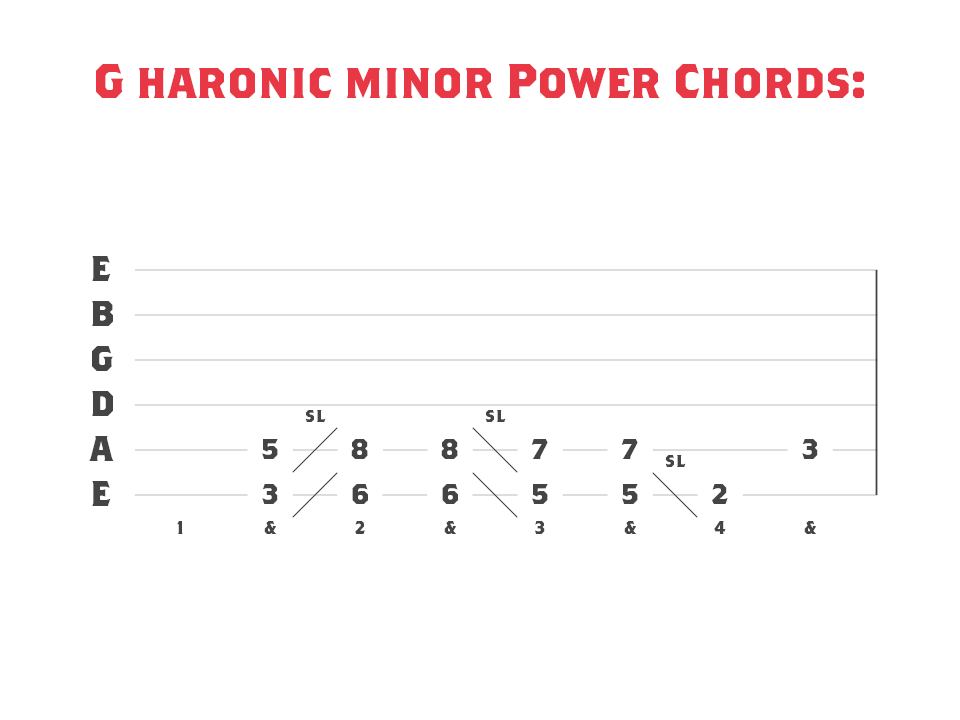
I included some drums to help illustrate the syncopation.
Have a go at sliding in to an out of different powerchords and you’ll soon get the hang of using this technique to create a more flowing feel.
Okay, time to try some more advanced ideas.
Slide during Arpeggios
To start with lets play a Gm arpeggio. This is a fairly common minor shape across 5 strings with a tap on top played with the picking hand. We’re tapping the root note of the chord. All the notes are played as 8th note triplets:
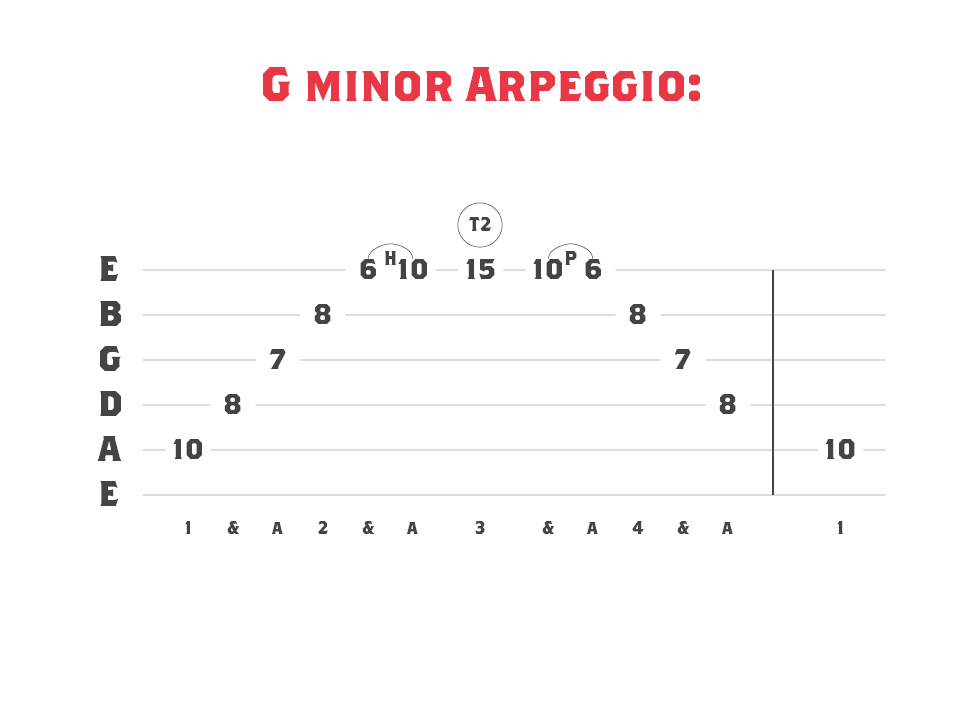
Now instead of the tap on the root note we’ll slide up past the root to the 9th, creating a Gm(add9):
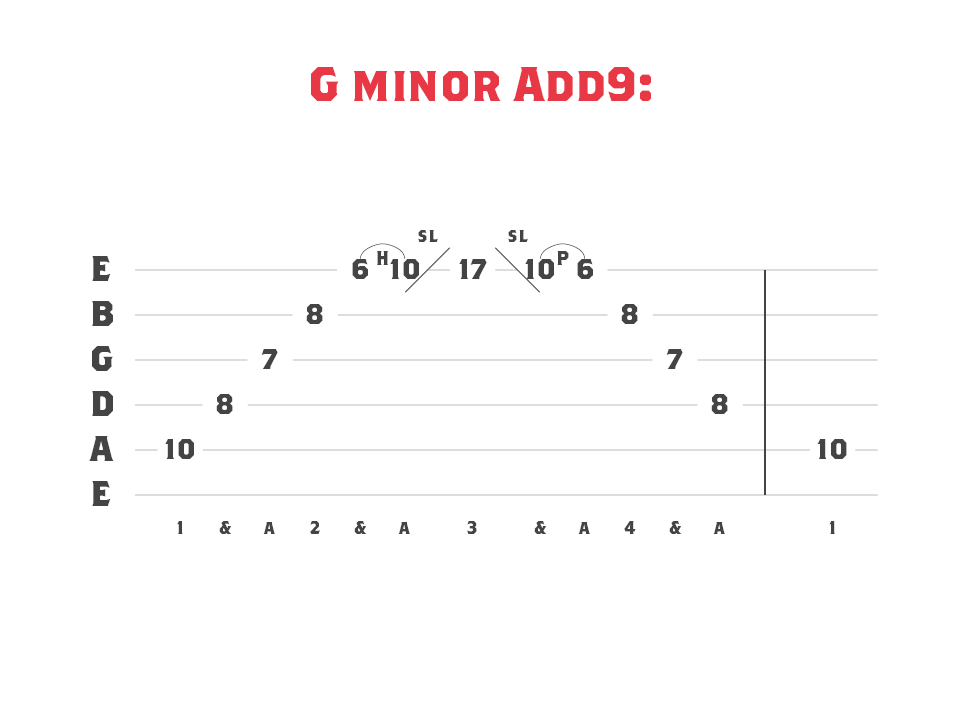
Let’s play it again but this time we’ll slide up to the root note on the top, using our pinky finger. Then tap two frets higher to give us the Gm(add9). To fit the extra note I’m now playing all straight 8th notes and on the way down when you get to the root note on the A string slide back five frets. This takes us to the 5th of the arpeggio, making it an inversion:
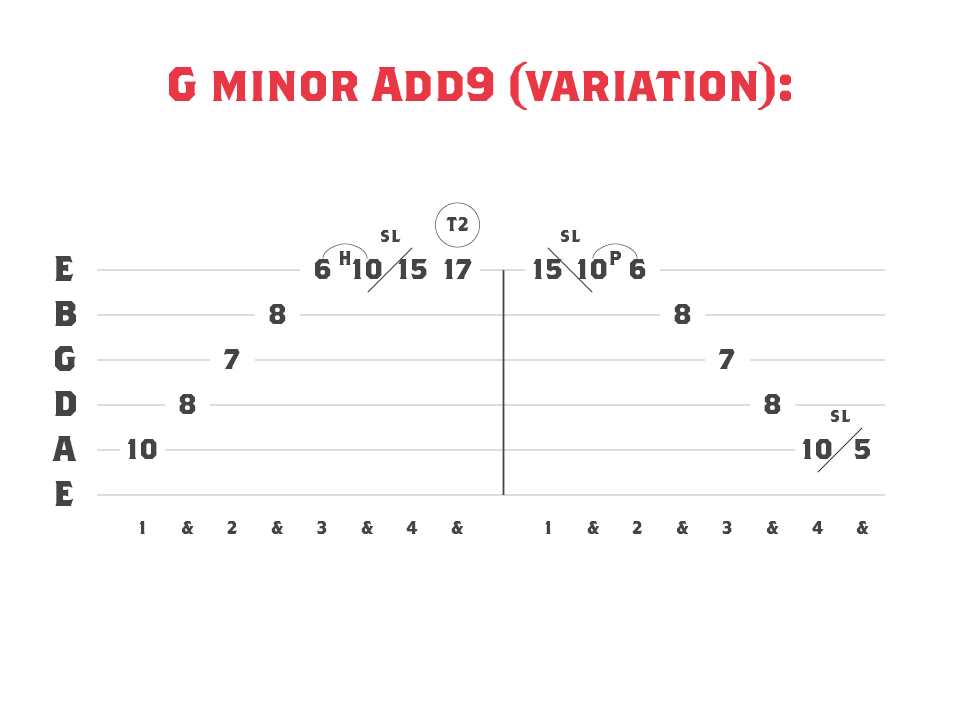
I’m sliding back to the root note on the 10th fret A string to end.
Slide between Arpeggios
Finally lets look at an arpeggio with a slide in the middle. We’ll play Am this time and when we get to the G string we’ll slide up from the 9th fret to the 12th fret with our index finger, then continue as if we’re playing a Major triad shape.
We’ve moved up to the C Major position. We’re playing the notes of Am on the lower strings (A-C-E) and C Major on the higher strings (C-E-G). You can think of this as quickly moving between the two arpeggios OR think of it as an Am7 arpeggio (A-C-E-G).
If you aren’t sure how to create 7th chords check out our post here.
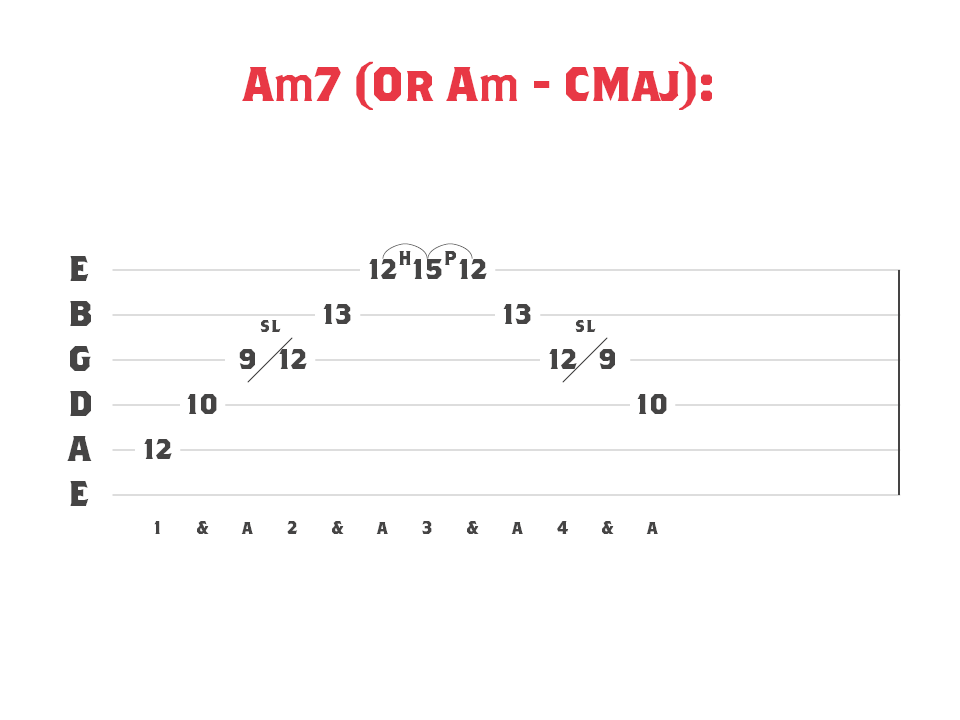
You can try out different ways of linking mini arpeggios with slides, here’s another quick example where I’m going from CMaj to Dm:
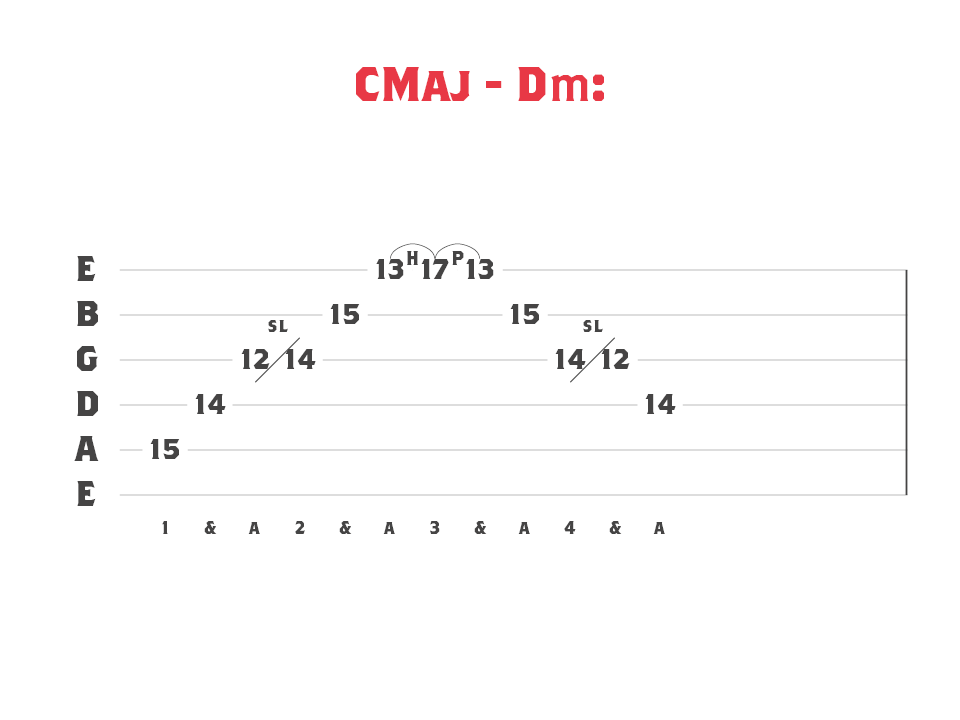
Have a go and see what you can come up with!













No Comment